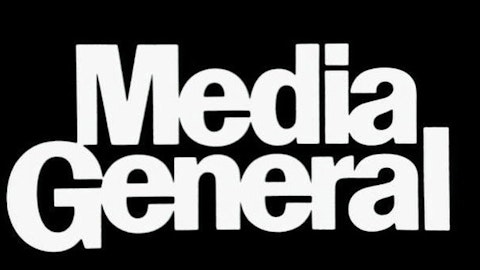Gannett Co., Inc. (NYSE:GCI) has taken measures to reduce its exposure to the declining newspaper publishing industry. The publisher agreed to buy Belo, a broadcasting company that owns 20 television stations and two regional cable news channels, for about $1.5 billion. This move comes during a time when traditional media, especially the publishing sub-sector, is experiencing tough times amid a consumption slowdown.
Giant broadcasting company
The deal will position Gannett Co., Inc. (NYSE:GCI) as the U.S.’s fourth-largest owner of major network affiliates, which translates into a reaching power of nearly one-third of U.S. households. This could give the company stronger bargaining power when licensing fees are renegotiated, and will considerably improve profits if the target is integrated correctly.
Gannett Co., Inc. (NYSE:GCI) has taken proper measures to address the poor figures in revenue from its publishing segment. Publishing advertising revenue decreased 4.5% to $527 million, whereas the broadcasting one surged 8.7% to $192 million for the first quarter of 2013 compared to the same quarter last year. Another positive aspect is given by political advertising, as some stations still benefit from this, although politicians are leaning more toward social media in their campaigns. Apart from the $175 million in annual synergies the company expects to achieve with the Belo transaction in the coming years, geographic diversification will also be a plus.
High M&A activity in the broadcasting sector
On June 6, Media General, Inc. (NYSE:MEG) announced its merger with New Young Broadcasting, a broadcasting and digital media company. The combined entity will have 30 stations operating in 27 markets and reaching approximately 14% of U.S. households. This follows the trend of consolidation in the broadcasting industry that has been giving good growth results. As well as Gannett Co., Inc. (NYSE:GCI)’s deal, Media General, Inc. (NYSE:MEG) will enjoy an increased U.S. footprint, which will enable the company to enter the re-transmission business and take a bigger bite of national and digital advertising.
Media General, Inc. (NYSE:MEG) has posted mixed results for the first quarter of 2013. The company’s operating income rose 28% to $5.8 million compared to the same quarter the prior year, but it is still in the red zone as it had a net loss of $17.7 million this quarter from a year ago same-quarter loss of $34.4 million. The merger with New Young could help Media General continue improving its cash flow in the broadcasting segment, which resulted in $19.4 million the first quarter of 2013.
More proves of the publishing decadence
News Corp (NASDAQ:NWSA) resolution on its publishing assets spin-off is another indicator of the industry’s struggle to stay afloat. The publishing company is expected to include The Wall Street Journal and The New York Post, among other assets, and this new broadcasting company will probably be renamed 21st Century Fox. It will contain broadcasting and cable networks, which seem to be the most profitable nowadays. Currently, News Corp (NASDAQ:NWSA) is the leading broadcaster in the U.S. with 27 stations including the Fox network.
This spin-off will also help the broadcasting segment to rise above the UK hacking scandal that has spattered the whole group. The scandal has generated an estimated $300 million-$320 million in costs for the company, and it is a good decision to try and get rid of it. We will have to wait and see if the new publishing company, which will start with zero debt and $2.6 billion in cash, can prove the skeptics wrong. Since the spin-off announcement, News Corp (NASDAQ:NWSA) stock has rocketed to $31.70, a 60% surge in price.
Broadcasting landscape in the U.S.
The leader in the U.S. broadcasting business continues to be CBS, which owns 29 stations and reaches nearly 38% of all U.S. households. In second place, we find News Corp with 27 broadcasting stations and reaching 37% of U.S. households. After the spin-off, the company will probably pursue a more aggressive strategy and could further increase its market share. In third place, we will have to see what happens with Gannett Co., Inc. (NYSE:GCI)’s deal, but it is currently being fought between Sinclair Broadcast Group and the latter.
Note that no company may own television stations which reach more than 39% of all U.S. television households, according to the Federal Communications Commission. Amid all of the competition, companies may have to get rid of assets related to the publishing sector, which seems to be the most battered, and focus instead on broadcasting and digital media, where growth can be found.
The article Traditional Publishing Sector Demands Solutions originally appeared on Fool.com and is written by Vanina Egea.
Vanina Egea has no position in any stocks mentioned. The Motley Fool has no position in any of the stocks mentioned. Vanina is a member of The Motley Fool Blog Network — entries represent the personal opinion of the blogger and are not formally edited.
Copyright © 1995 – 2013 The Motley Fool, LLC. All rights reserved. The Motley Fool has a disclosure policy.




